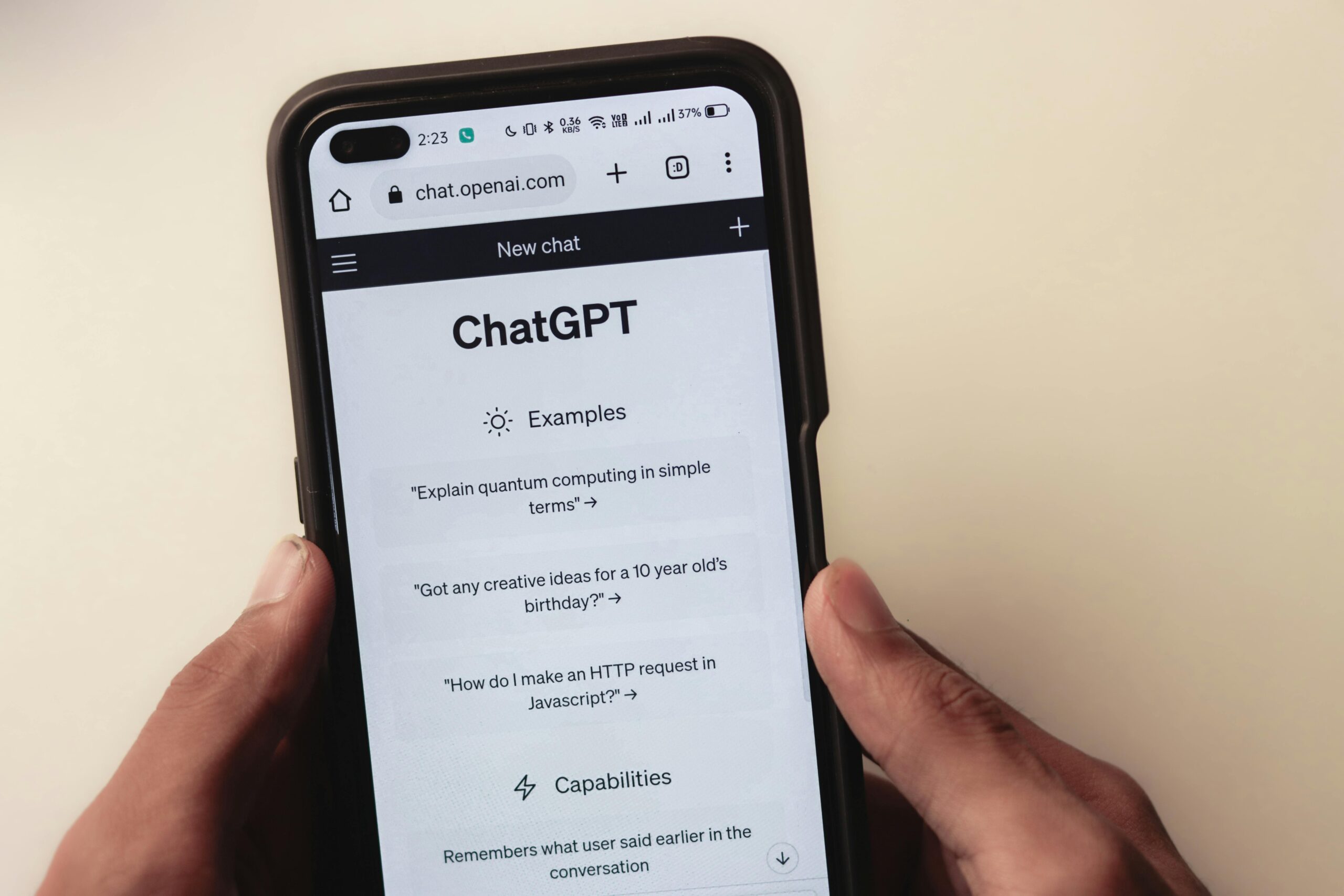A notable visualization of Large Language Models (LLMs) has recently garnered attention for its continued utility, particularly for those new to the field of artificial intelligence and natural language processing. Despite being created approximately one year ago, this visual representation remains a valuable resource for understanding the complex architectures underlying modern language models.
This visual guide, created by Brendan Bycroft and available at https://bbycroft.net/llm, offers an in-depth look at the inner workings of LLMs through an interactive 3D model.

The visualization’s primary strength lies in its three-dimensional model, which offers an intuitive representation of LLM components. This approach transcends traditional two-dimensional diagrams, providing a more immersive and comprehensive view of the models’ structures.
Accompanying the visual element is an extensive guide that elucidates the functionality of each component. The creator has employed an “add and multiply” explanatory framework, which breaks down the operations within the models into more digestible concepts. This methodology proves particularly beneficial for those seeking to grasp the fundamental principles of LLM operation.
The visualization encompasses several significant language model architectures, including:1. GPT-2: A foundational model in the evolution of large language models2. nanoGPT: A compact implementation designed for educational purposes3. GPT-2 XL: An expanded version of the original GPT-2, demonstrating increased capacity4. GPT-3: A more recent iteration, known for its advanced capabilities and scale
While the field of artificial intelligence progresses rapidly, this visualization demonstrates that well-crafted educational resources can maintain their relevance over time. For individuals entering the field or those seeking to reinforce their understanding of LLM architectures, this resource offers a comprehensive and accessible entry point.The enduring value of this visualization underscores the importance of clear, well-designed educational materials in the fast-paced domain of artificial intelligence. It serves as a reminder that foundational knowledge, when presented effectively, can provide lasting benefits to learners at various stages of their AI journey







